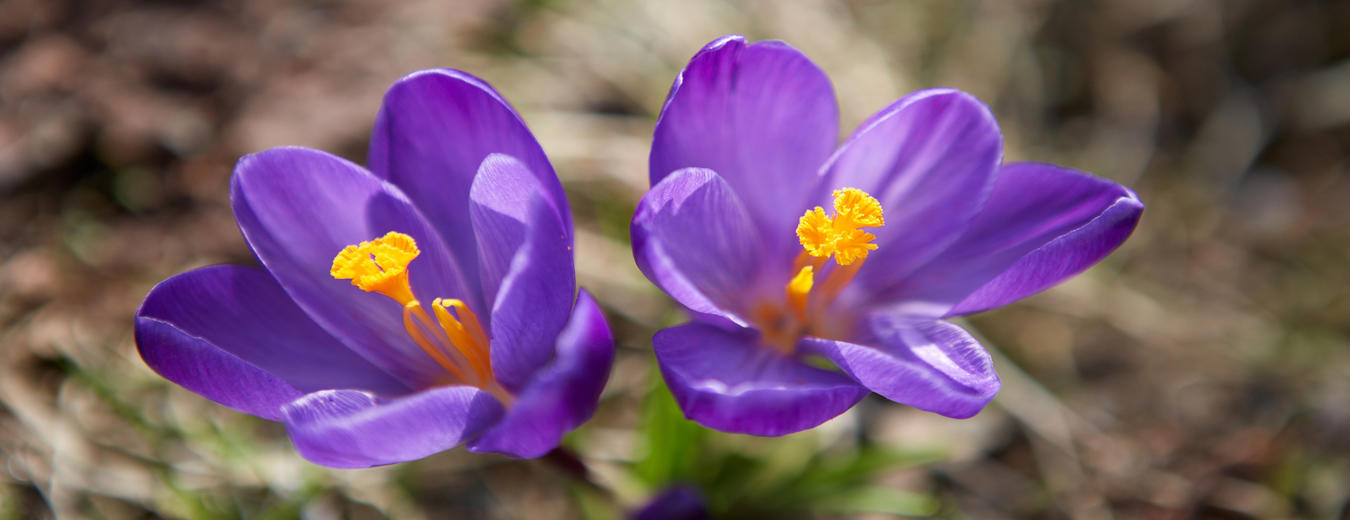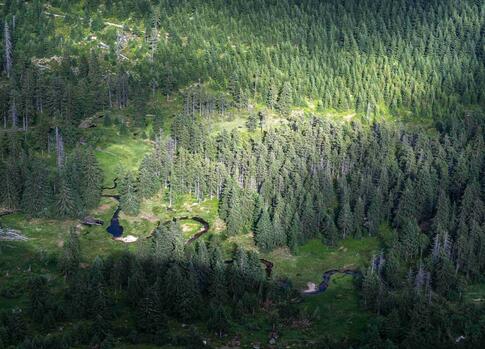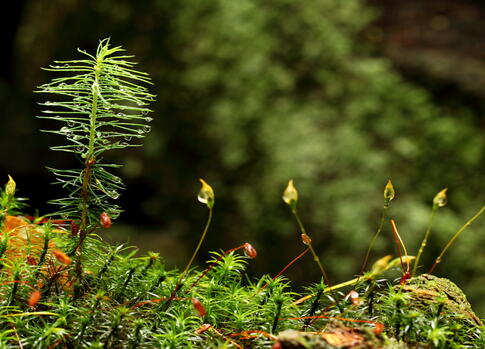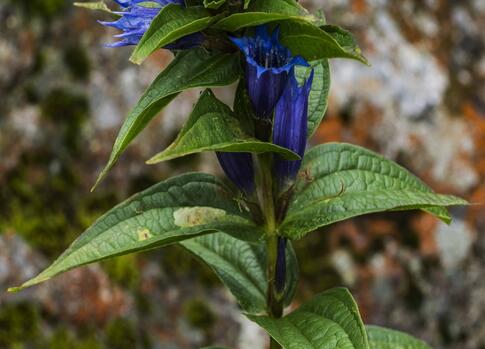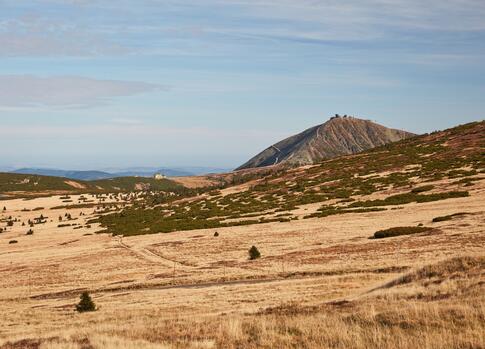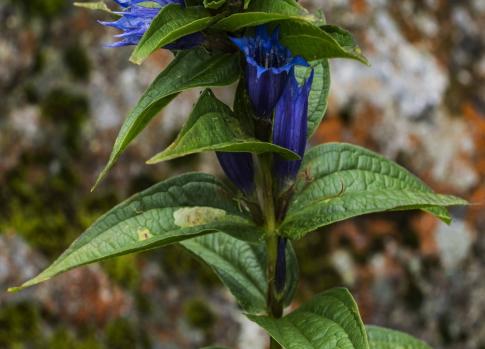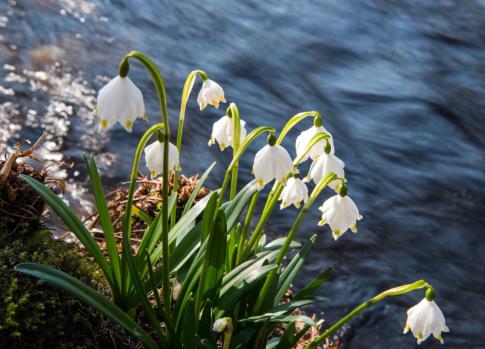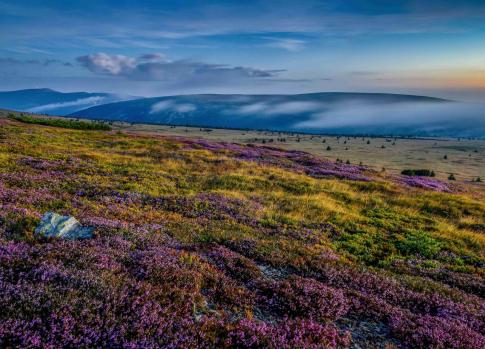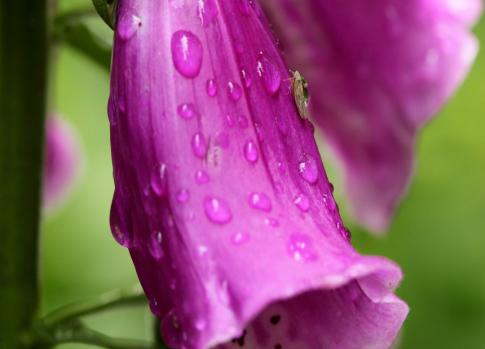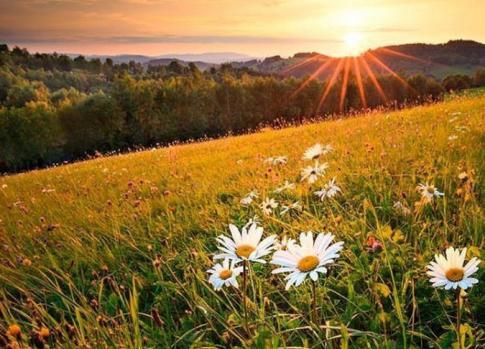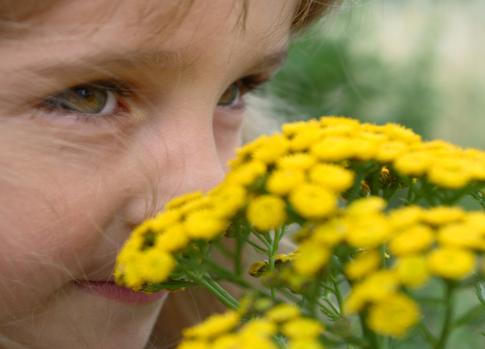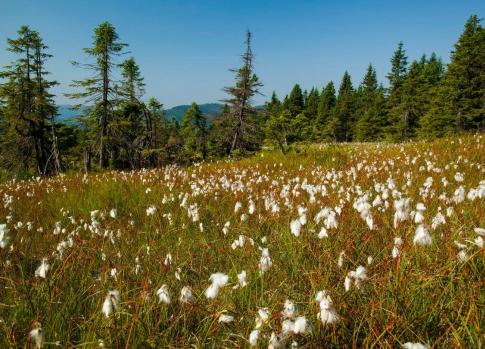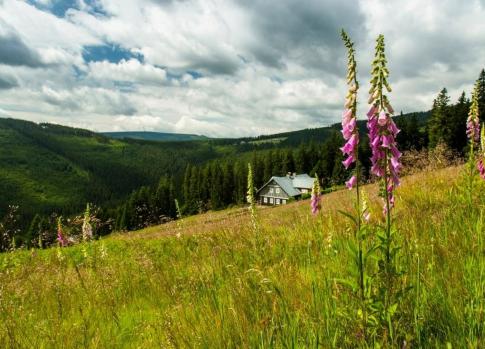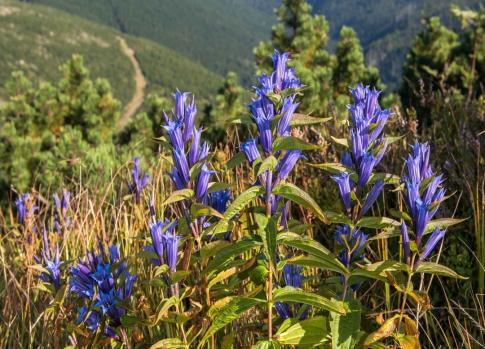Vegetation belts
Montane (up to 1,200 m a.s.l.)
This belt abounds in spruce forests, earlier with the mountain form of spruce prevailing which reached up to 1200 m a.s.l. in ideal conditions. The plant growth is made up of the bilberry (Vaccinium myrtillus), Alpine coltsfoot (Homogyne alpina), chickweed wintergreen (Trientalis europaea) or the wavy hair-grass (Deschampsia flexuosa). Abundant are also mosses, lichens and fungi. Wet sites are preferred by the Alpine blue-sow-thistle (Cicerbita alpina), Adenostyles alliariae with its large leaves, rattlesnake root (Prenanthes purpurea), wood ragwort (Senecio nemorensis) and the male fern (Dryopteris filix-mas). The strongest trees, growing at the highest altitudes, attacked by gusts of wind and blasted by frequent ice and snow particles, show branches growing in one direction, with the tree top damaged and originally lateral branches growing upwards. Clearings, free of trees, are the most interesting sites in term of botany. The mountain pansy (Viola lutea subsp. sudetica), mountain arnica (Arnica montana), the common bistort (Persicaria bistorta), bellflower (Campanula bohemica) and the endemic hawkweed species occur here.

